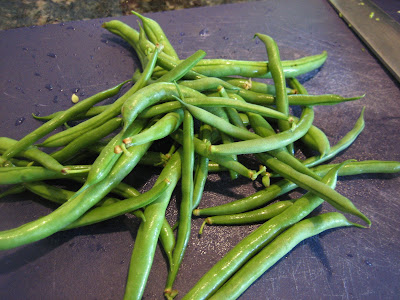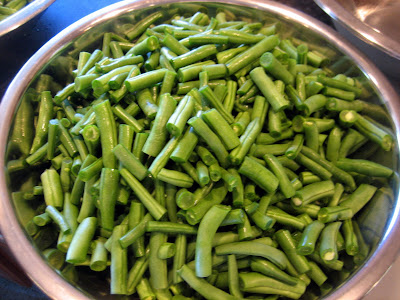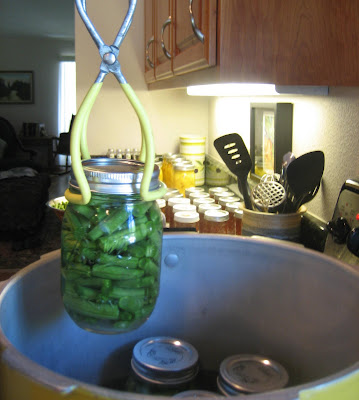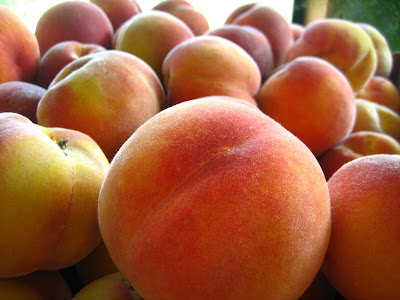
I was all set to post about another kitchen gadget that I find very useful and then this afternoon I FINALLY went and saw the movie Julie & Julia. I realize that I'm far behind in going to see this movie and that I'm definitely not the first to blog about how great this movie was--and it really was GREAT! The kitchen gadget will be saved for another Monday, but I really feel like I need to express my thoughts and add to what so many others have already said.
I've never really considered myself to be defined by the term "foodie." I just really love learning about foods, the history, where it comes from, different varieties and more specifically anything to do with desserts. There is just something so invigorating about see a beautiful dessert that not only looks like art, but tastes even better than you could possibly imagine. This is why any worthwhile purchase of a cookbook or baking book usually has stunning photos that draws me in and then my imagination takes over and I dream about what flavors and textures will work together to create a delicious or rather a "Jillicious" dessert. But I've happily come to the realization that I am in this group of other like minded people called foodies.
Back to Julie & Julia.
I must admit that I don't own the famous cookbook by Julia Child - Mastering the Art of French Cooking. It's not that I don't think it would be an outstanding addition to my culinary library, it's just that over the last 4 to 5 years, I've been focused on dessert or baking books. But after seeing this movie and getting a glimpse into Julia Child's passion for French Cooking, I will be purchasing a copy to add to my cookbook collection.

The main reason why I LOVED this movie was the feeling I had while watching it. Seeing Julia Child decide to go to cooking school and loving every minute of it, brought back my own memories and how much I too, loved culinary school. I could relate to her competitive spirit--I'm sure most people in this industry can too. There is something within me that is completely motivated to push myself to do better, to create a dessert more delicious than the last and to be the best at what I do. And this is a daunting task, to say the least. There is a lifetime of learning to be had in any field, but especially in culinary pursuits.
I also related to the pure joy of sharing a well cooked meal with friends and family. When everyone comes together to savor a meal that was created with them in mind--is just a wonderful and satisfying feeling. It reminds me of one of my favorite food quotes that I have listed near the bottom of my blog page:
"The pleasant hours of our lives are all connected by a more or less tangible link, with some memory of the table." ~ by Charles Pierre Monselet
*All three above pictures are courtesy of Columbia Pictures.
There is just something completely magical about good food, family and friends and being together to enjoy a wonderful meal and creating memories. If you haven't seen this movie, for whatever your reasons--just go. Go and enjoy!









































